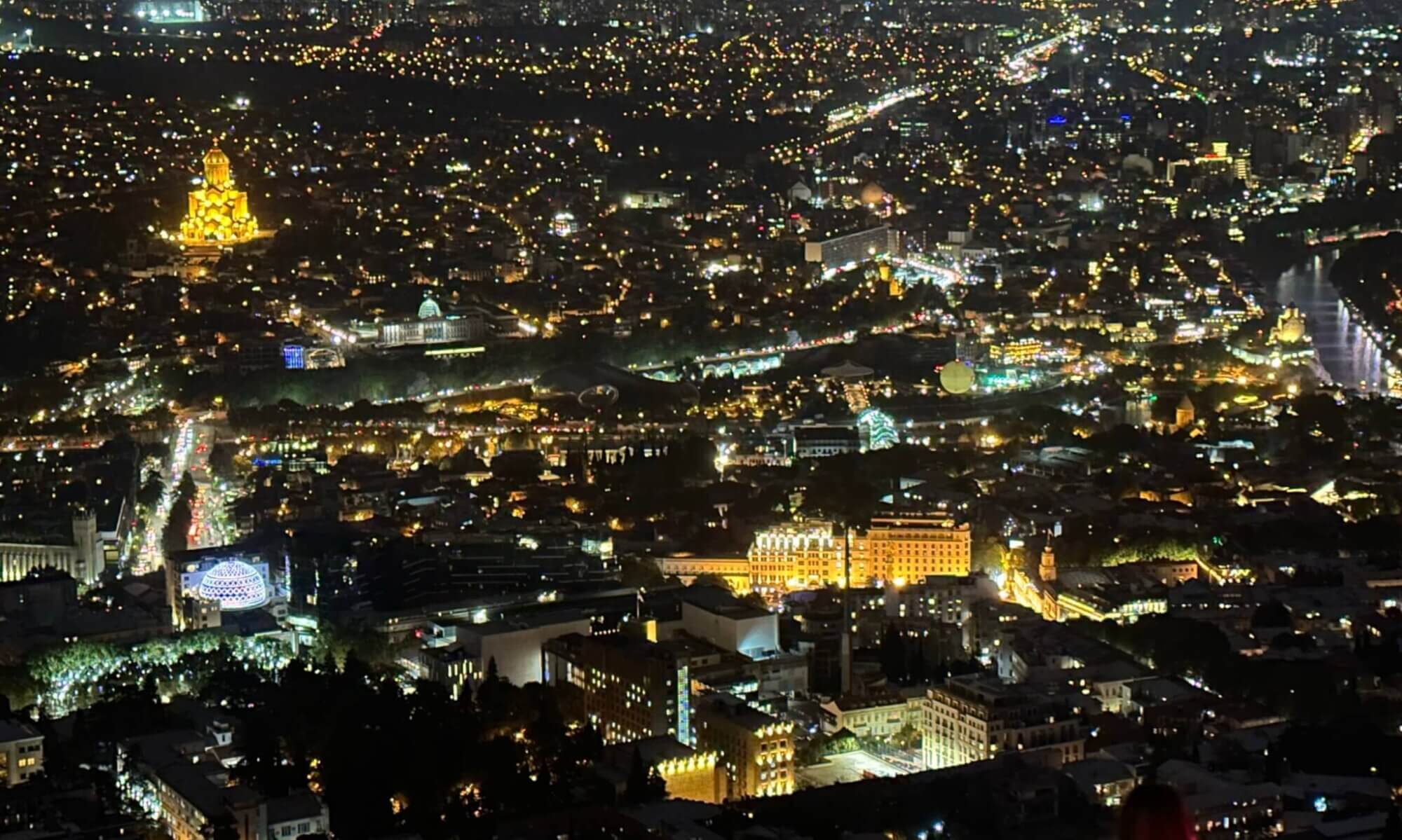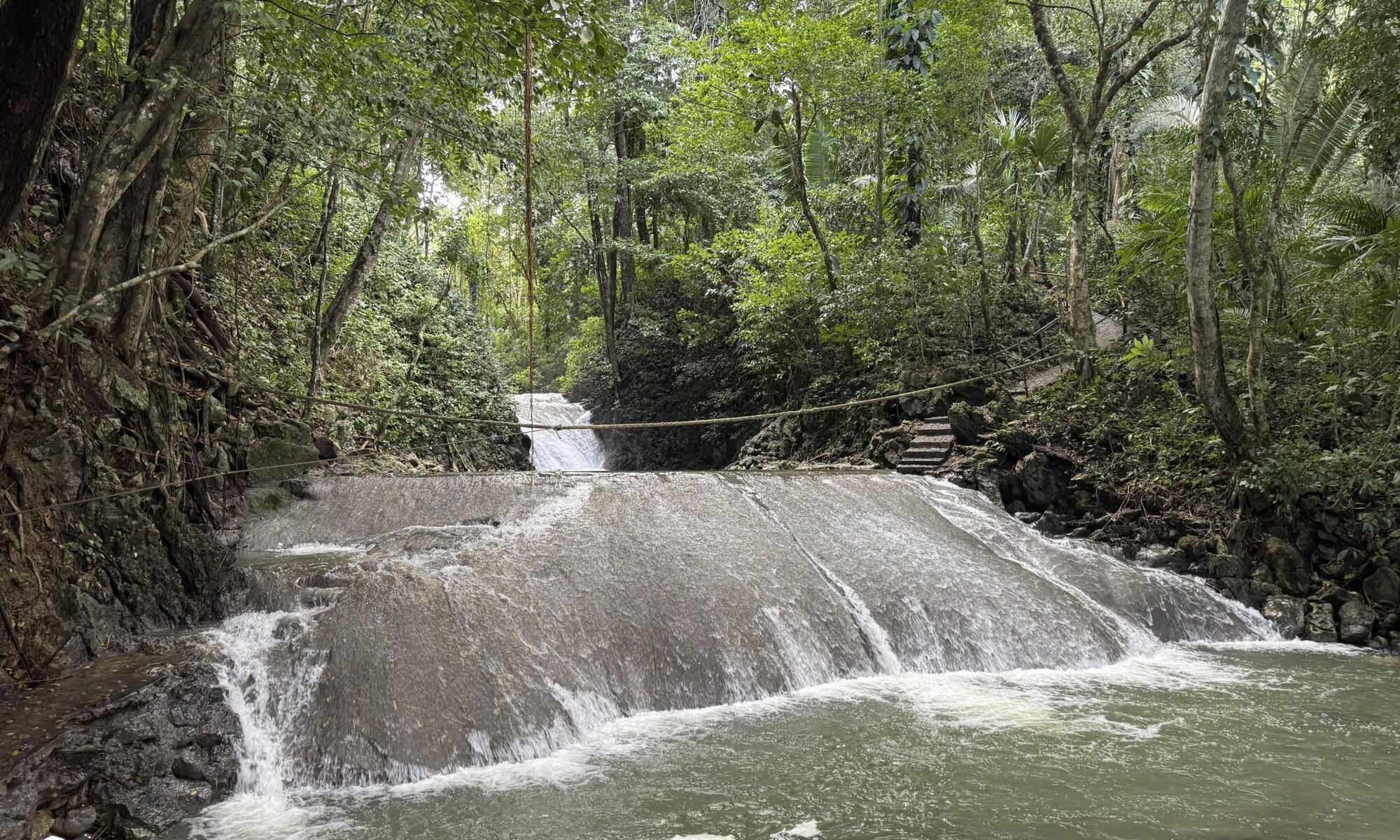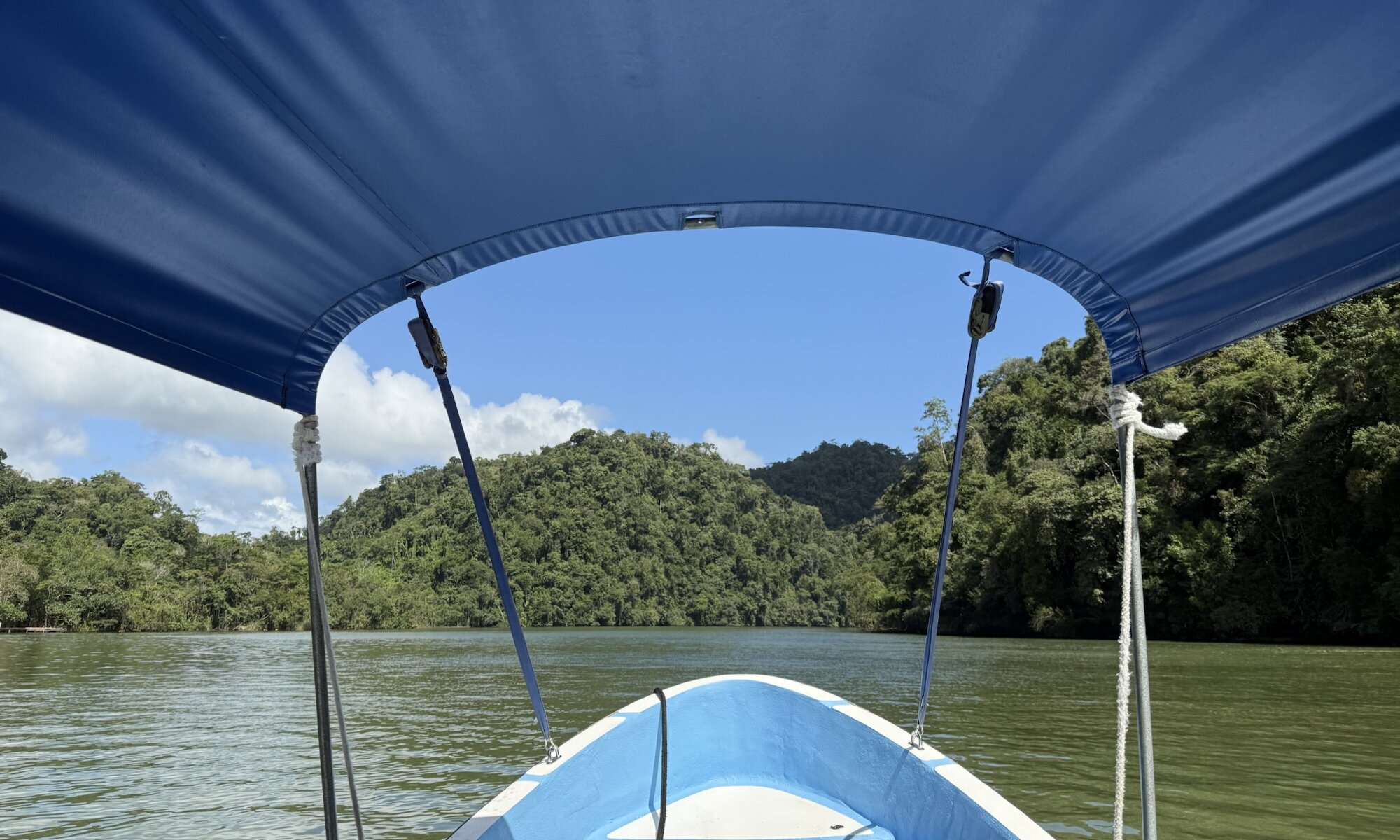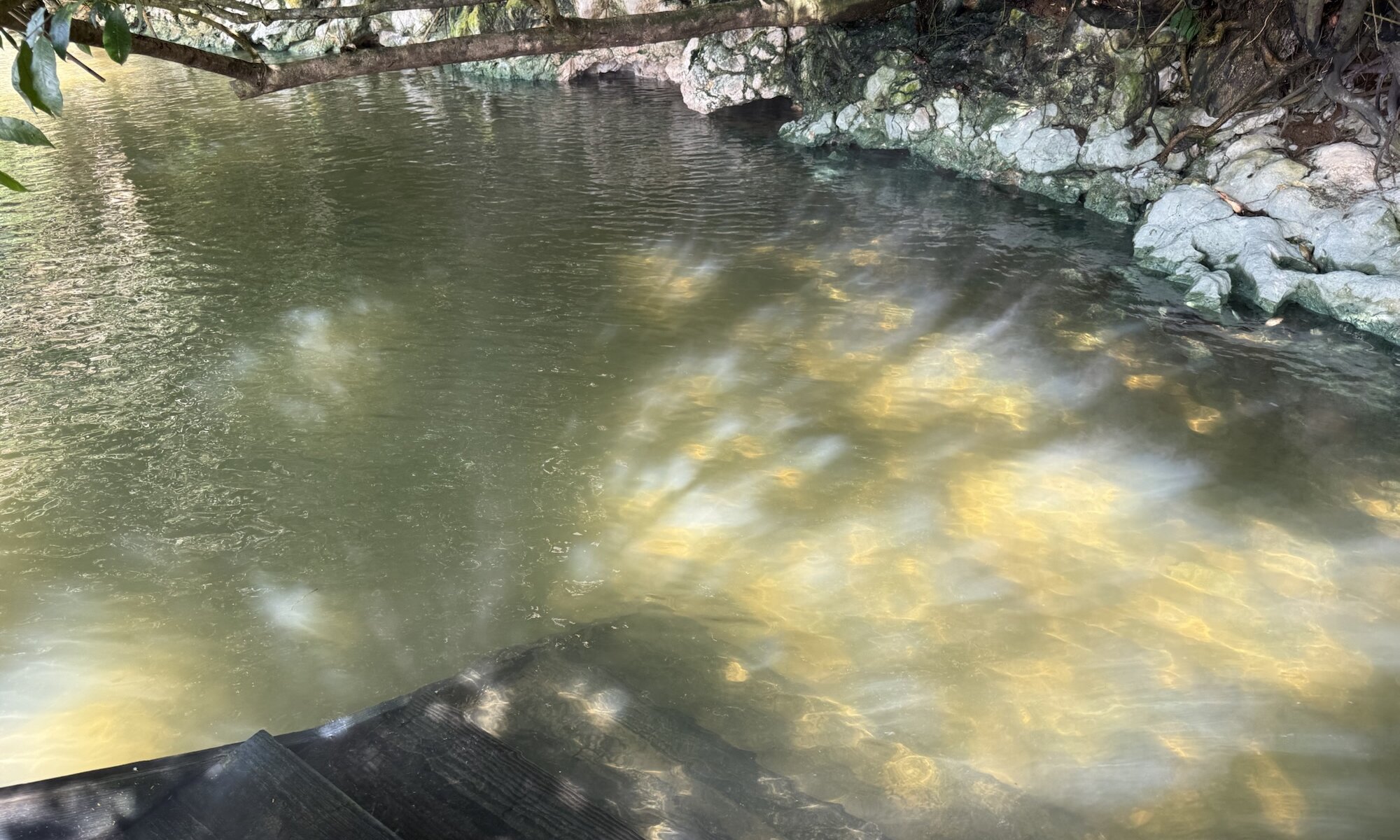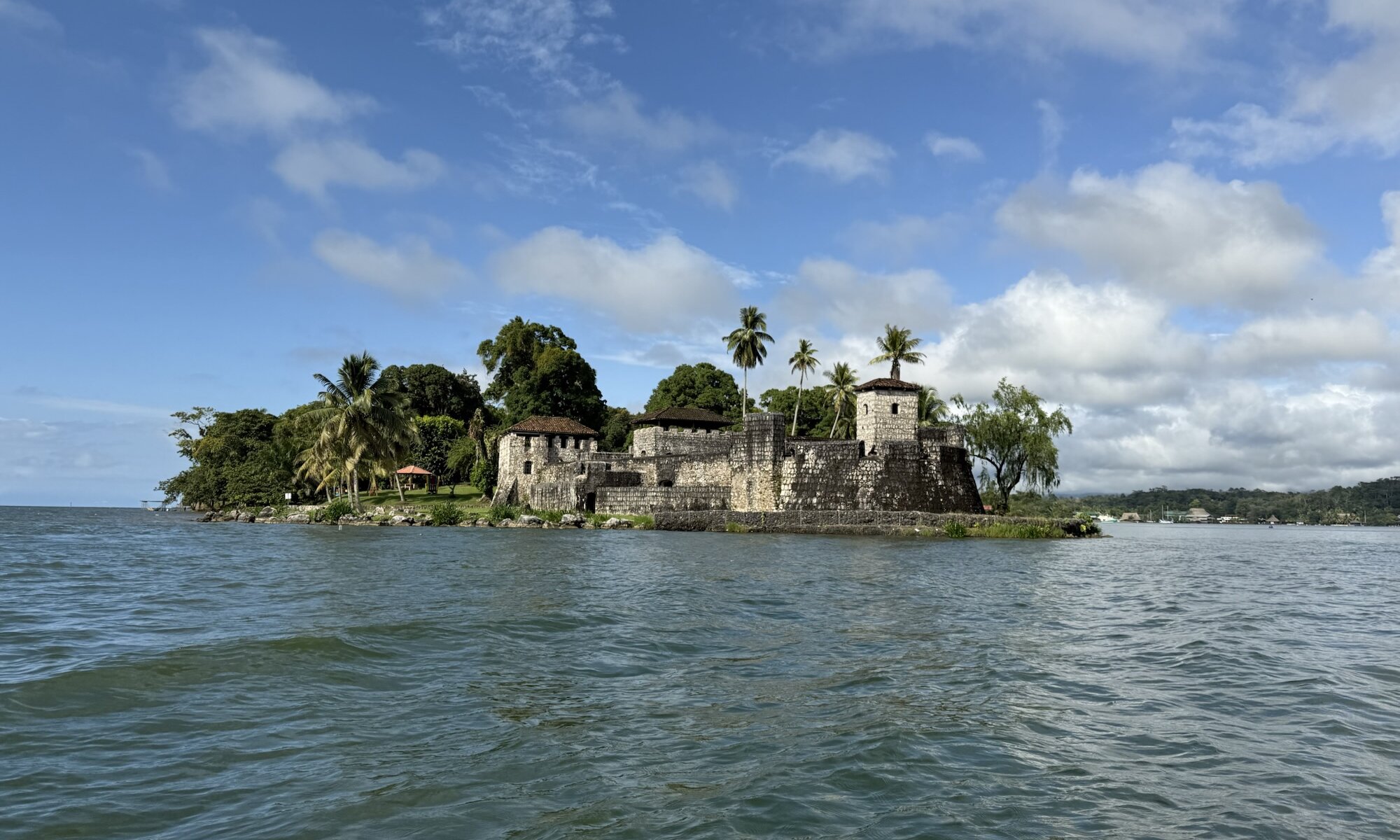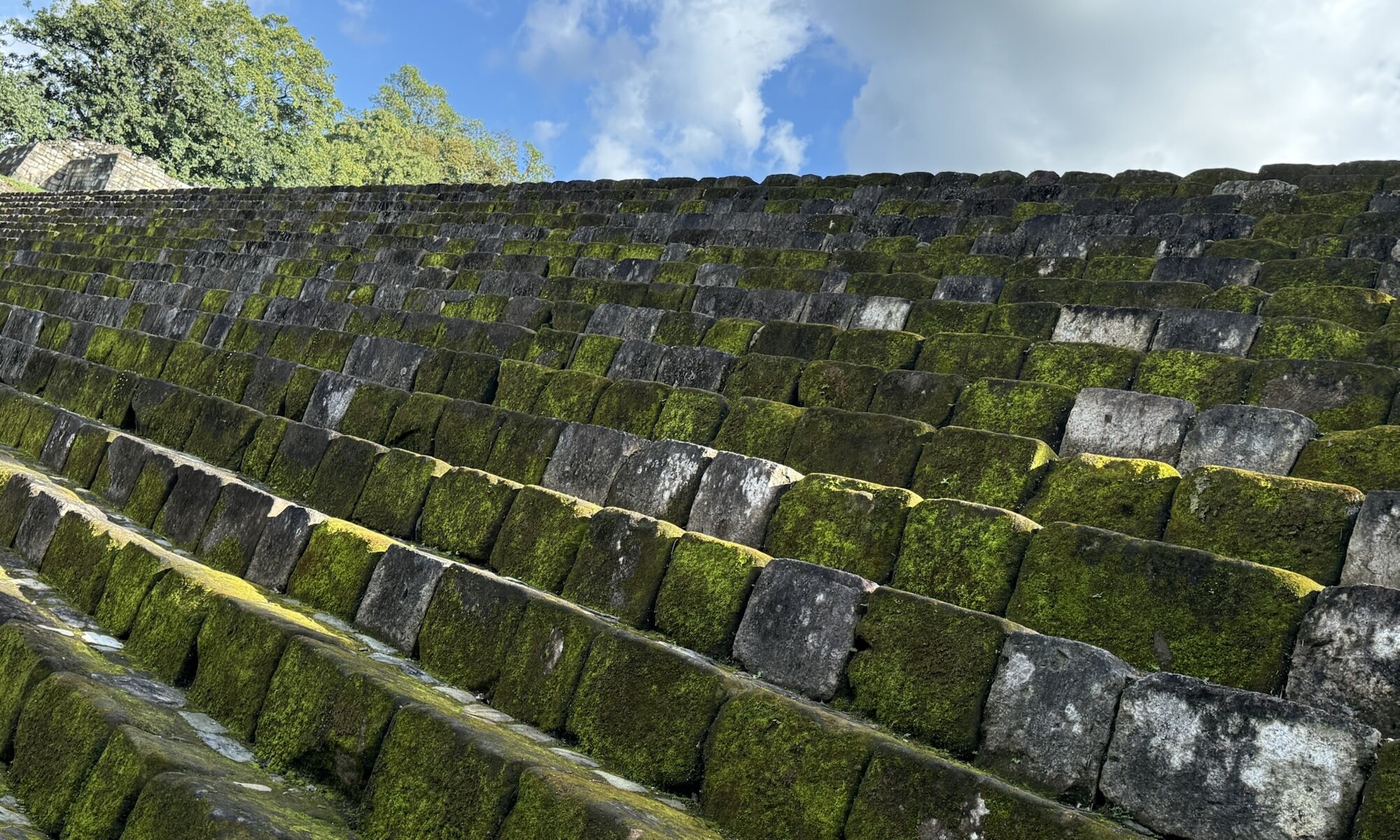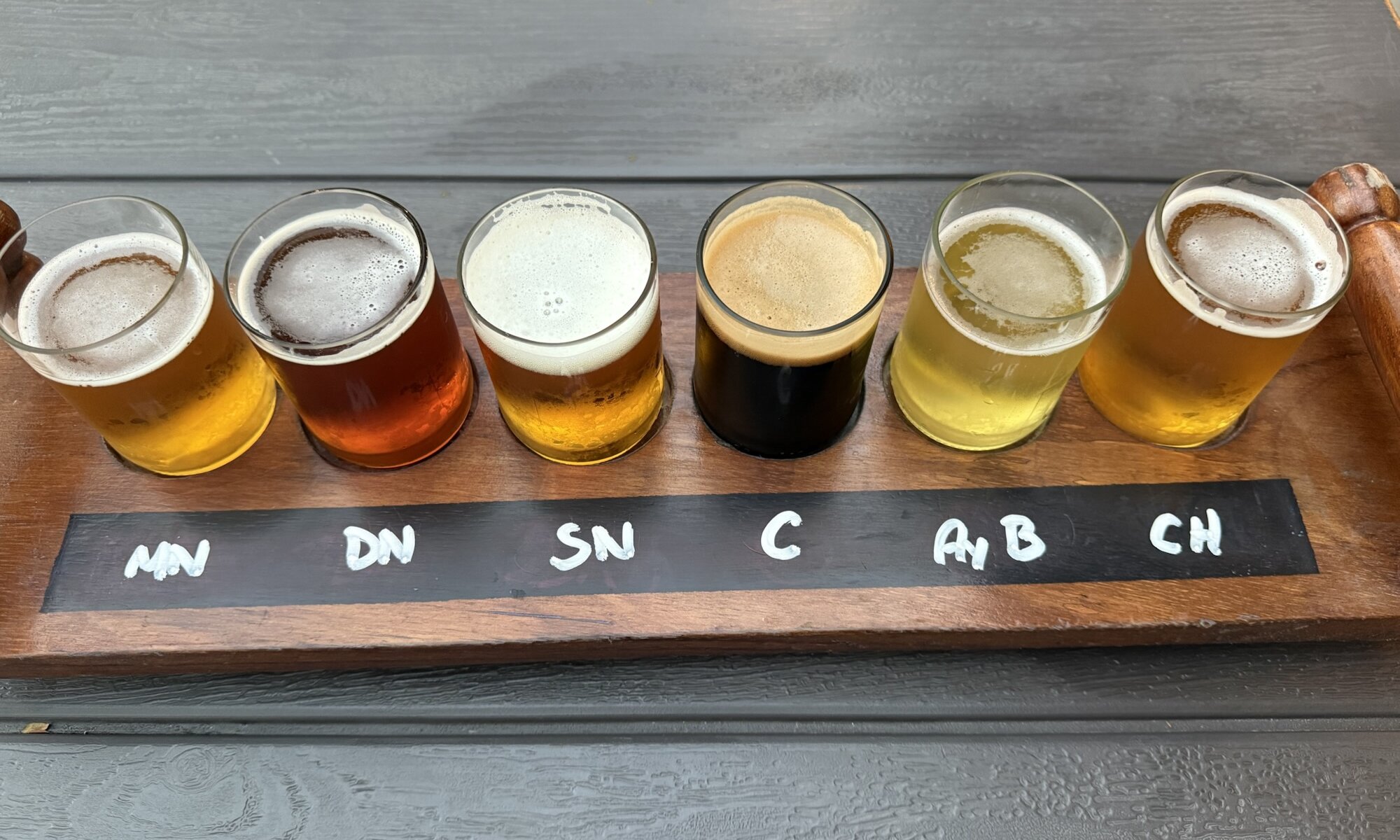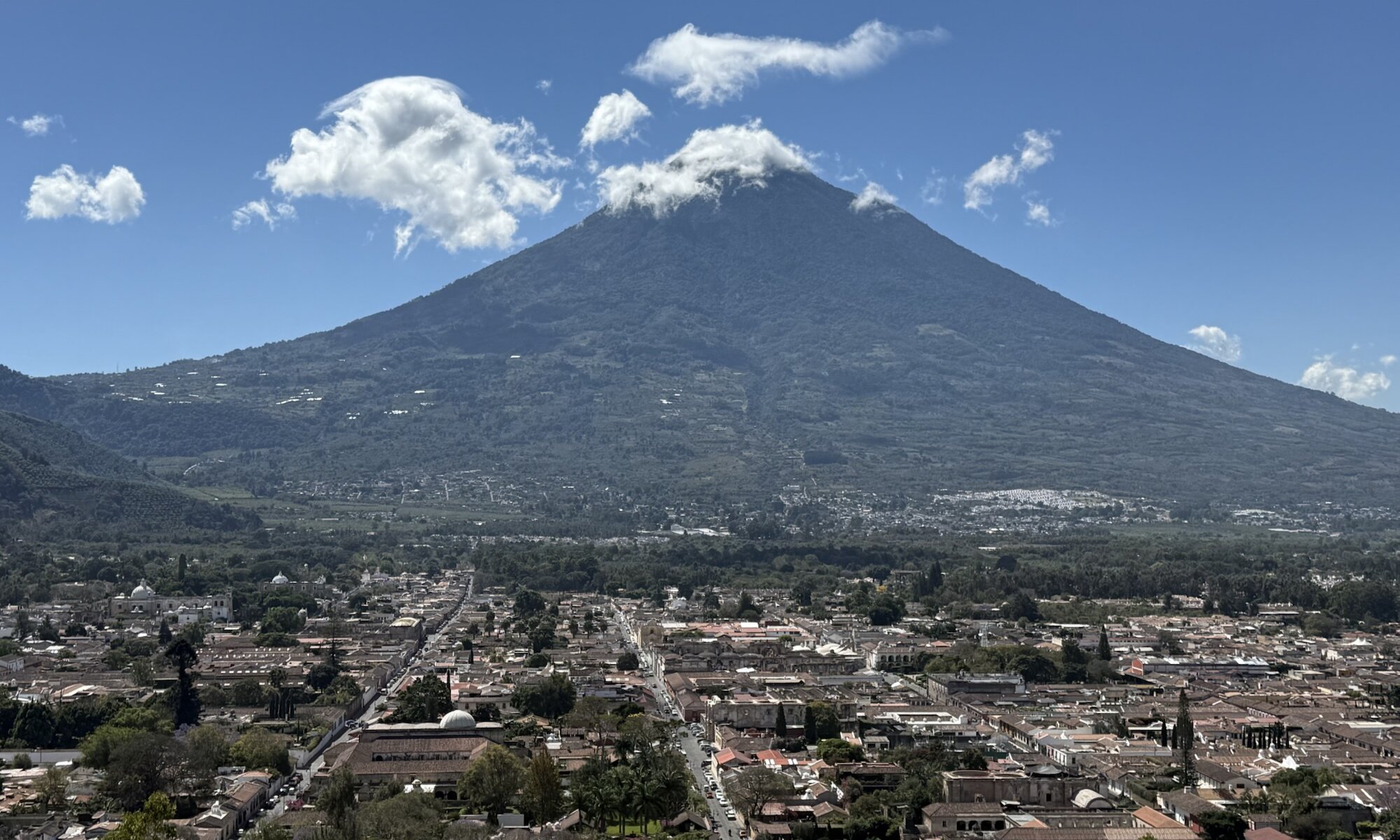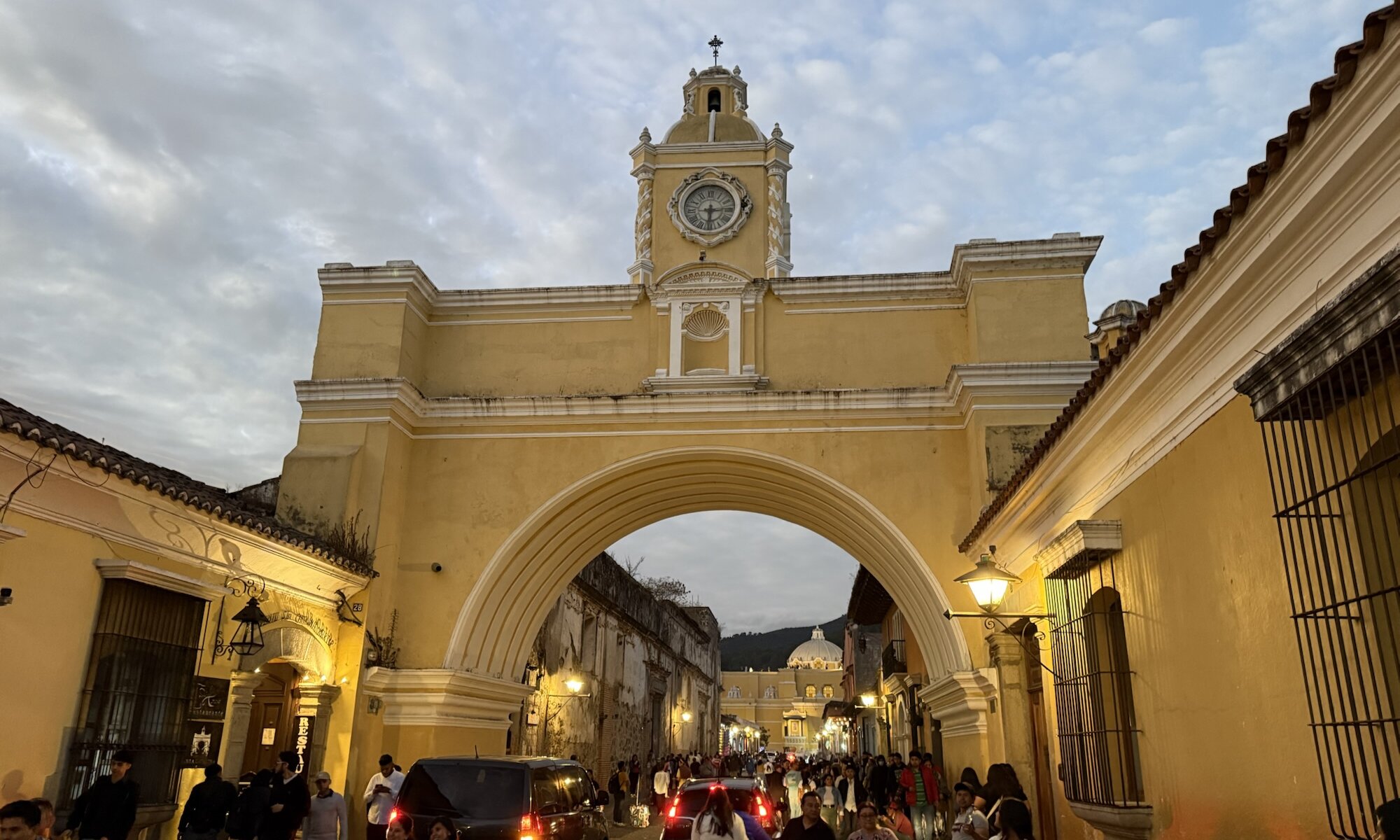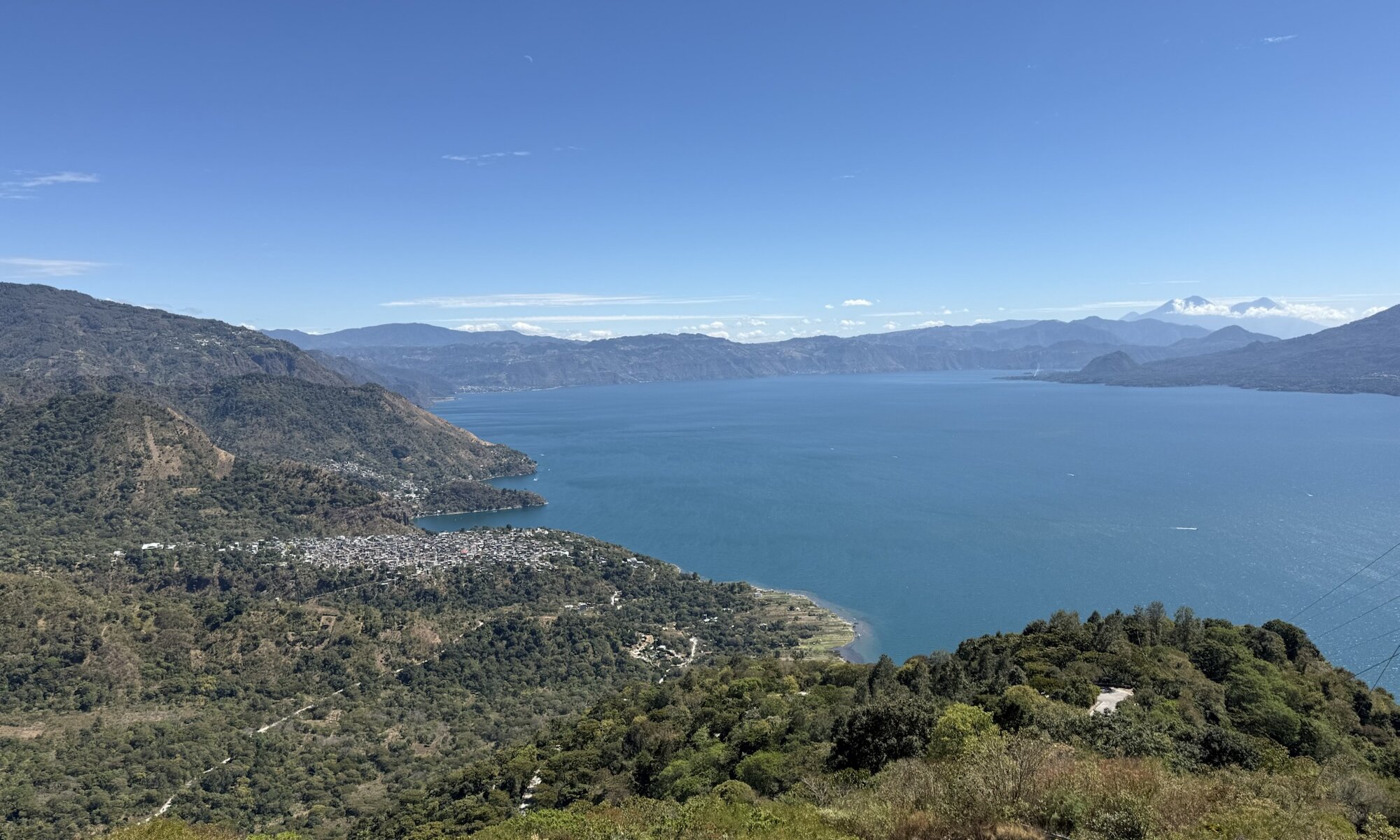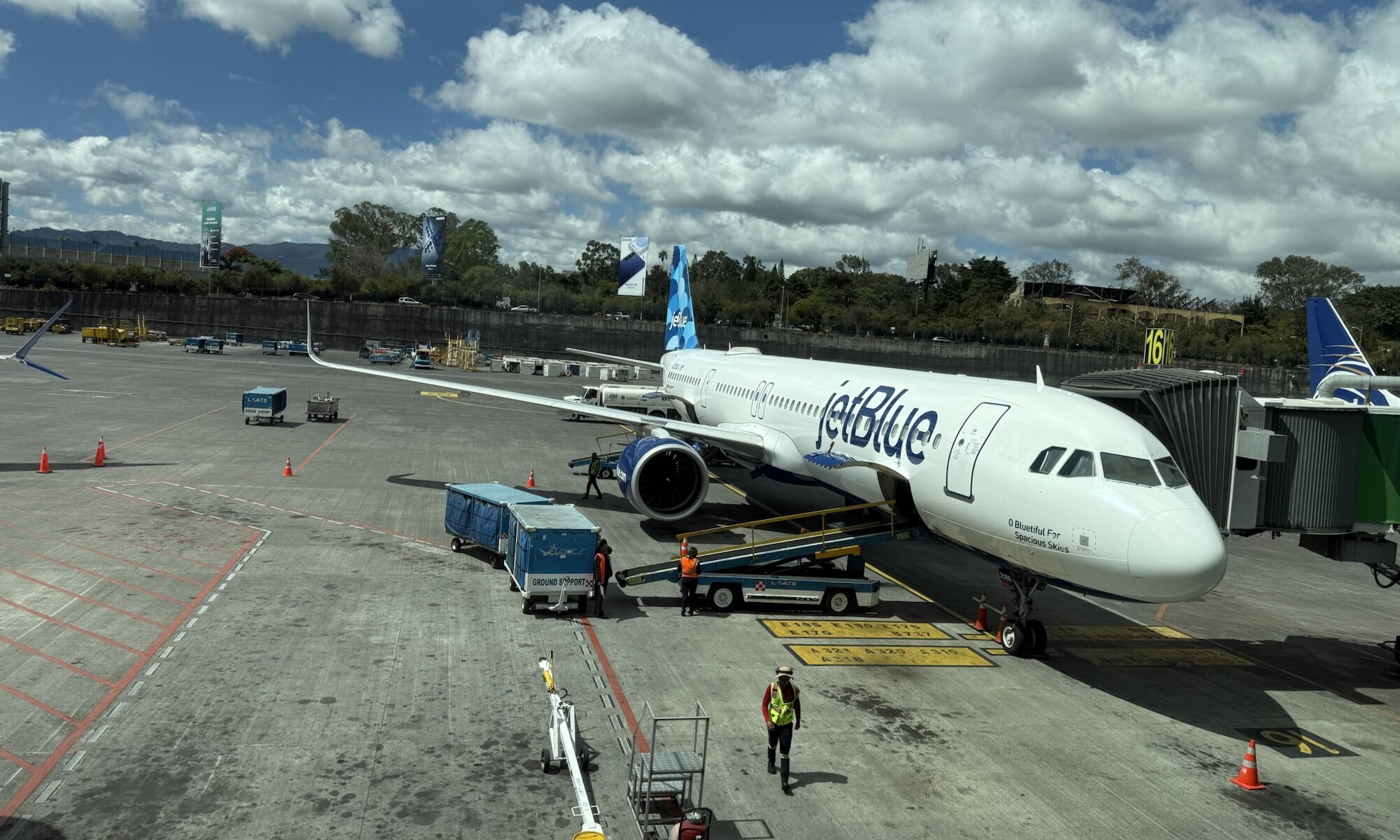The seven altars are a stunning natural attraction located near Livingston, Guatemala. This series of cascading waterfalls and crystal-clear pools is nestled within lush tropical forest, offering visitors a refreshing escape from the heat and a chance to immerse themselves in the beauty of the Caribbean lowlands. The name ‘Siete Altares‘ comes from the seven distinct pools formed by the waterfalls, which are said to resemble altars. For the indigenous Garifuna people and local Q’eqchi’ Maya, these pools hold spiritual significance, serving as sites for ancient ceremonies and rituals. The area is believed to be a place where the natural and spiritual worlds intersect, making it not just a tourist destination but also a sacred space for local communities.
Continue reading “Siete Altares”Livingston
Livingston, a unique coastal town in Guatemala, is steeped in the rich history and culture of the Garifuna people. The Garifuna, descendants of West African slaves and indigenous Caribs, arrived in Livingston in the early 19th century after being exiled from St. Vincent by the British. Today, their presence is immediately evident as you walk through the streets, with the vibrant Afro-Caribbean culture visible in the local music, dance, and cuisine. This distinct heritage sets Livingston apart from the rest of Guatemala, creating a fascinating cultural enclave on the Caribbean coast.
Continue reading “Livingston”Agua Caliente
The Centro Ecoturístico Agua Caliente is located directly next to the Río Dulce and it is a really good reason to stop when you’re passing by boat from the city of Río Dulce to Livingston. It is a natural hot spring that runs directly into to river itself. This geothermal wonder is a result of the area’s volcanic activity, which heats groundwater as it percolates through the earth’s crust. The heated water then rises to the surface, creating the hot springs that have become a popular attraction for both locals and tourists alike.
Continue reading “Agua Caliente”Pirates of the Caribbean
The Castillo de San Felipe de Lara, situated at the strategic entrance of the Lago de Izabal in eastern Guatemala, stands as a testament to the Spanish Empire’s struggle against piracy in the Caribbean. Built in the mid-17th century, this fortress was designed to protect vital trade routes and Spanish ships from the persistent threat of buccaneers and pirates who frequently raided the region. The castle’s location at a narrow point of the Río Dulce made it an ideal defensive position, allowing the Spanish to control access to the Lago de Izabal and the important port of San Antonio de las Bodegas.
Continue reading “Pirates of the Caribbean”Quiriguá
The Parque Arqueológico y Ruinas de Quiriguá is an ancient Maya archaeological site located in the department of Izabal in southeastern Guatemala. Situated along the lower Motagua river, about 200 kilometers northeast of Ciudad de Guatemala, the site covers approximately 3 square kilometers, with its ceremonial center positioned about 1 kilometer from the river’s north bank. Quiriguá’s strategic location at the intersection of important trade routes made it a significant player in the Maya world during the Classic Period.
Continue reading “Quiriguá”El Bosque
Located in the heart of Antigua Guatemala, El Bosque is a popular beer garden that attracts a diverse crowd, including many expatriates and tourists, often referred to as ‘Gringos‘. This charming spot offers a relaxed atmosphere, surrounded by lush greenery, making it an ideal place to unwind and enjoy local craft beers. The beer garden is part of Antigua Cerveza, a local brewery known for its variety of beers, which range from blonde ales to stouts. Visitors can enjoy these brews in a serene setting, often accompanied by live music and delicious food, creating a welcoming environment for both locals and foreigners alike.
Continue reading “El Bosque”Cerro de La Cruz
The Hill of the Cross is a popular viewpoint located on the northern edge of Antigua Guatemala. From this elevated position, visitors are treated to a breathtaking panoramic vista of the colonial city, with its charming terracotta roofs and cobblestone streets sprawling out below. The iconic Volcán de Agua dominates the southern horizon, its symmetrical cone rising majestically to an altitude of 3,760 meters. On clear days, the view extends far beyond Antigua, encompassing the surrounding valleys and even distant volcanoes like Fuego and Acatenango.
Continue reading “Cerro de La Cruz”Antigua
Antigua Guatemala, meaning ‘Old Guatemala‘, is a captivating colonial city nestled in the central highlands of Guatemala. Founded in 1543 as Santiago de los Caballeros de Guatemala, it served as the capital of the Captaincy General of Guatemala until 1773, when a series of devastating earthquakes prompted the relocation of the capital to present-day Ciudad de Guatemala. Despite this setback, Antigua has preserved its rich colonial heritage, earning it UNESCO World Heritage status in 1979.
Continue reading “Antigua”Lago de Atitlán
Nestled in the Guatemalan highlands, Lago de Atitlán is a breathtaking natural wonder surrounded by three majestic volcanoes: San Pedro, Tolimán, and Atitlán. This stunning lake offers visitors a plethora of activities and sights to enjoy. Adventure enthusiasts can partake in kayaking, stand-up paddleboarding, or even paragliding for an aerial view of the landscape. The lake’s shores are dotted with picturesque Mayan villages, each with its own unique character, where travelers can immerse themselves in local culture, shop for traditional textiles, and enjoy the serene atmosphere. Hiking opportunities abound, with trails like the Indian Nose offering spectacular sunrise views over the lake and surrounding volcanoes.
Continue reading “Lago de Atitlán”La Aurora
La Aurora International Airport (GUA) serves as the primary gateway to Ciudad de Guatemala, located just 6.4 kilometers south of the city center. This modern facility underwent significant expansion and renovation, completed in 2008, allowing it to accommodate more flights and larger aircraft. The airport features two terminals and for those looking to explore the city and the wonderful country, numerous car rental options are available directly at the airport.
Continue reading “La Aurora”